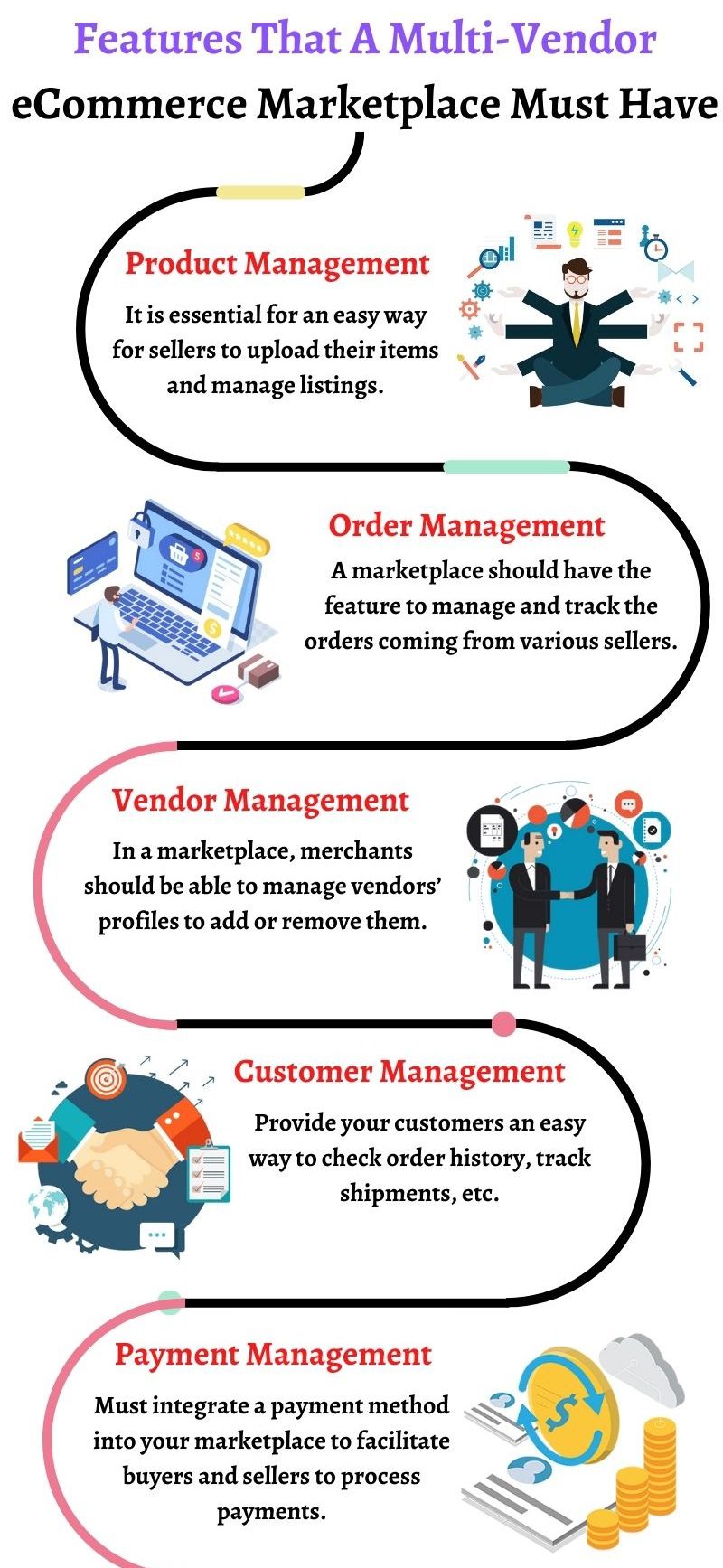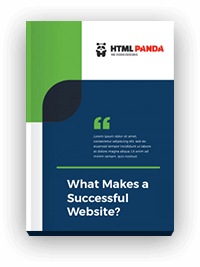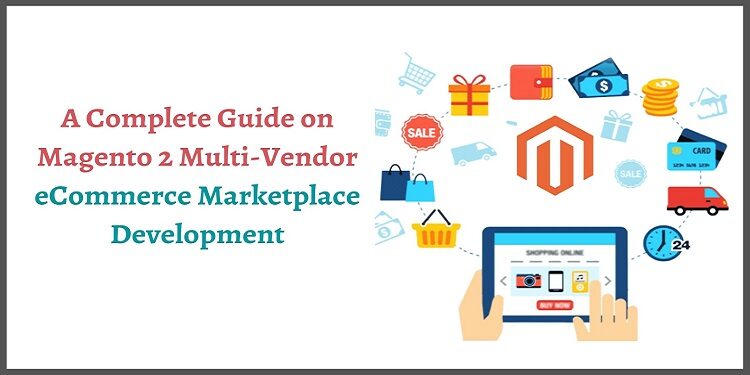Multi-vendor eCommerce marketplace is a vast and emerging trend to expand your business. It is on a rapid rise these days. So, it is a good idea to think of creating a successful marketplace like Amazon.
Nearly 23% of eCommerce companies have already turned to a multi-vendor marketplace. Therefore, it is the exact time to turn your idea into a multi-vendor eCommerce solution. Though there are some platforms for developing a multi-vendor eCommerce marketplace, Magento 2 is one of the best choices.
If you are considering the creation of an online marketplace, you should pay close attention to Magento. It stands out among competitors as a powerful eCommerce platform on the market. It is easy to find a reliable Magento web development company to create a competent multi-vendor eCommerce marketplace.
This blog post will shed light on how you can build a multi-vendor marketplace with Magento 2.
Before going into depth, we should first discuss Magento 2 and the multi-vendor eCommerce marketplace.
What is Magento 2?
Magento 2 is a robust eCommerce platform that provides merchants with an extensive range of features. It is a scalable, high-performance solution with a large community and powerful out-of-the-box functionality. Some of its valuable features are flexible product catalogs, shipping to customer service tools, order management, etc.
The main benefits that you will get by creating a multi-vendor eCommerce marketplace with Magento are – a huge number of modules and extensions, 50+ payment gateways, easy integration with third-party services, and many more.
What is a Multi-Vendor eCommerce Marketplace?
A multi-vendor marketplace is a kind of eCommerce platform for businesses to sell products. It offers the opportunity for different vendors to sell their goods in a single place. Some of the examples include Amazon, Walmart, Etsy, etc.
If you want a multi-vendor eCommerce marketplace with Magento 2, you can connect to a Magento development company, as they will ease your process and provide you with a tremendous multi-vendor eCommerce marketplace.
 Features That A Multi-Vendor eCommerce Marketplace Must Have
Features That A Multi-Vendor eCommerce Marketplace Must Have
You need to decide the functionality of your multi-vendor marketplace before its development. Once you have successfully validated and tested your idea, you can start with basic features and integrate advanced ones with further iterations of your marketplace.
Let’s have a look at some features that must be included in your multi-vendor eCommerce marketplace.
-
Product Management
As the marketplace will offer the ability to different sellers to sell products, it is also essential to offer them an easy way to upload their items and manage the listings. You should facilitate them to upload products in bulk, update product images and videos, etc.
-
Order Management
In a marketplace, you will require a system to manage and track the orders coming from various sellers. It should have the facility to track shipping, view order status, and many more. Moreover, you can provide different features to vendors, such as notifications about new orders, transactions, etc.
-
Vendor Management
It is vital to manage the different sellers on your platform. Merchants should have the ability to manage profiles, add or remove vendors, set commission rates, etc.
-
Customer Management
You will have multiple customers visiting your website, so it is vital to provide them an easy way to check out order history, track their shipments, and many more.
-
Payment Management
A vital aspect of a Magento multi-vendor marketplace is accepting payments from buyers. You must integrate a payment method into your marketplace that can be used by the sellers to process payments.
So, these are some of the features that you must include in your multi-vendor marketplace. Moreover, you can connect to a Magento development company that will assist you more with the development of Magento 2 multi-vendor eCommerce marketplace.
Why Use Magento 2 For Multivendor Marketplace Development?
Because of its robust features and extensive customization options, Magento 2 is the best platform for multivendor eCommerce marketplace development. Let’s see some of the reasons to use Magento 2 for creating a multi-vendor marketplace.
-
Scalability
Magento 2 is one of the most scalable and customizable platforms ever. It was developed to fit businesses of all sizes and models.
-
Customization
Nearly every functionality is possible with Magento. It is due to the availability of a lot of plugins that helps you enhance your online store’s functionality.
Though inbuilt design themes are available on Magento’s site, business owners can hire a Magento development company to make the website more customized and unique.
-
Third-Party Integration
Magento supports third-party integrations and makes it possible to customize your Magento 2 store as much as you require. These integrations include payment gateways like PayPal, Sage Pay, etc., and marketing tools like Nosto and MailChimp. Along with that, it lets you seamlessly integrate your website with various web applications.
-
Extensive Range of Addons
Magento 2 includes a huge library of paid and free extensions. It can be used to give users even more features and functionalities. These are essential as while the development of your marketplace, you will need to add modules for order management, payment management, vendor management, and more.
-
50+ Payment Gateways
Magento facilitates customers to pay online with their preferred method as it provides over 50+ payment gateways. It lets you add various products and, at the same time, offers buyers a choice to pay in a suitable way while purchasing an item.
-
SEO Friendly
Magento is one of the most SEO-friendly eCommerce platforms. This well-optimized platform is great for SEO perspectives. Your website could rank higher in Search Engine Result Pages (SERPs) and get high traffic on the website.
Steps to Create A Multi-Vendor Marketplace With Magento 2
Now, you understand the reasons why Magento 2 is the best choice to create a multi vendor eCommerce website. Let’s understand the process of creating a multi-vendor marketplace with this emerging technology.
Step 1: Set Up The Basic Store
After installing and configuring the Magento platform, you can now set up your marketplace and add products to it. In this step, you will also have to choose a concise and clear domain name that will be easier to remember for your customers. Apart from that, select a web hosting to store files and make them accessible for visitors worldwide.
For an easy setup, you can also hire a reliable web development partner to leverage the benefits of Magento development services.
Step 2: Choose The Right Theme
If you are not satisfied with the default theme, you can choose a new one from Magento’s official store. Choose a theme that should be engaging enough to keep your visitors on the website and also encourage them to explore more products. It will help you to customize your website and make it unique from your competitors.
Step 3: Install Necessary Extensions
For multi-vendor eCommerce marketplace development with Magento 2, you need to install some essential extensions that are discussed as follows –
Multi-Vendor Marketplace
This Magento extension lets users add multiple vendors and provide them full control over their accounts and products. Moreover, this extension facilitates customers to search for particular items from various sellers.
Order Management
It is vital to use this extension in your eCommerce marketplace as it allows users to manage orders from different vendors in one place.
Shipping
To offer shipping functionality to your customers, you must install the shipping extension in your multi-vendor eCommerce marketplace.
Step 4: Create The Marketplace
It is the final step of creating a multi-vendor eCommerce marketplace. This step involves setting up the vendor accounts and constructing an online store for them to sell their products.
Choose a Magento Development Company to Build Your Marketplace
Apart from the steps mentioned above, you can outsource your multi-vendor eCommerce marketplace project to a company offering Adobe Commerce development services for an easy process. For a good selection, you must consider various factors such as their portfolio, projects they have completed, reviews and feedback for them on various platforms, and many more.
Factors That Influence the Cost To Build A Magento 2 Multi-Vendor eCommerce Marketplace
The cost of developing a multi-vendor eCommerce marketplace relies on the business requirements and product catalog. There are some significant factors you must know that affect the cost of building a multi-vendor eCommerce marketplace.
Let’s discuss some of the factors that affect the cost of multi-vendor eCommerce marketplace development.
Unique Requirements
The cost of your marketplace development depends on your requirements for the website.
Functionality
Features and functionalities highly affect the cost of a multi-vendor eCommerce marketplace development.
Development Partner
The cost of hiring a development partner may vary based on the location, skillset, experience, etc. You have the option to pay a fixed price for the entire project.
Front-End and Back-End Development
The cost of developing the front-end and back-end varies as per the complexities and requirements. The more complex your eCommerce store will be, the more money it will require.
Conclusion
As numerous companies are turning towards the multi-vendor marketplace, it is high time to start thinking about creating one for your business. It is a great business opportunity to move far beyond a traditional online store.
This guide has provided you with enough information about multi-vendor eCommerce marketplace development with Magento 2. So, turn your idea into a successful online store in the years to follow.









